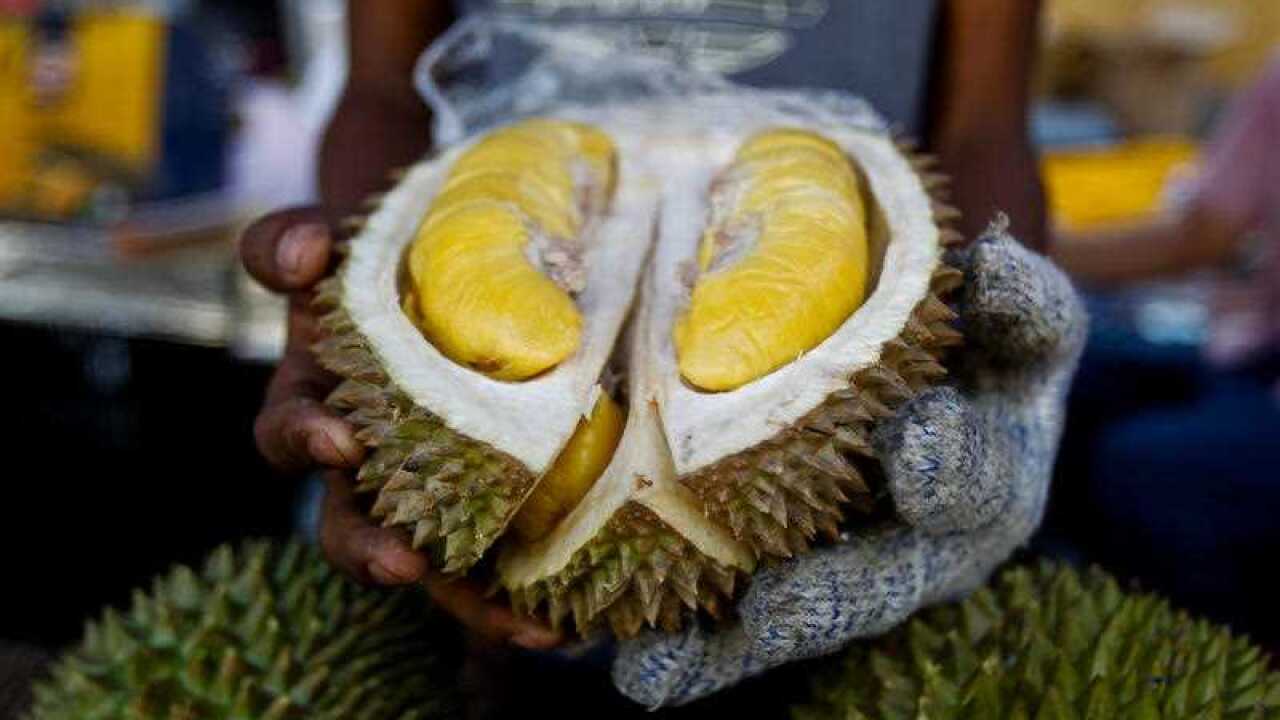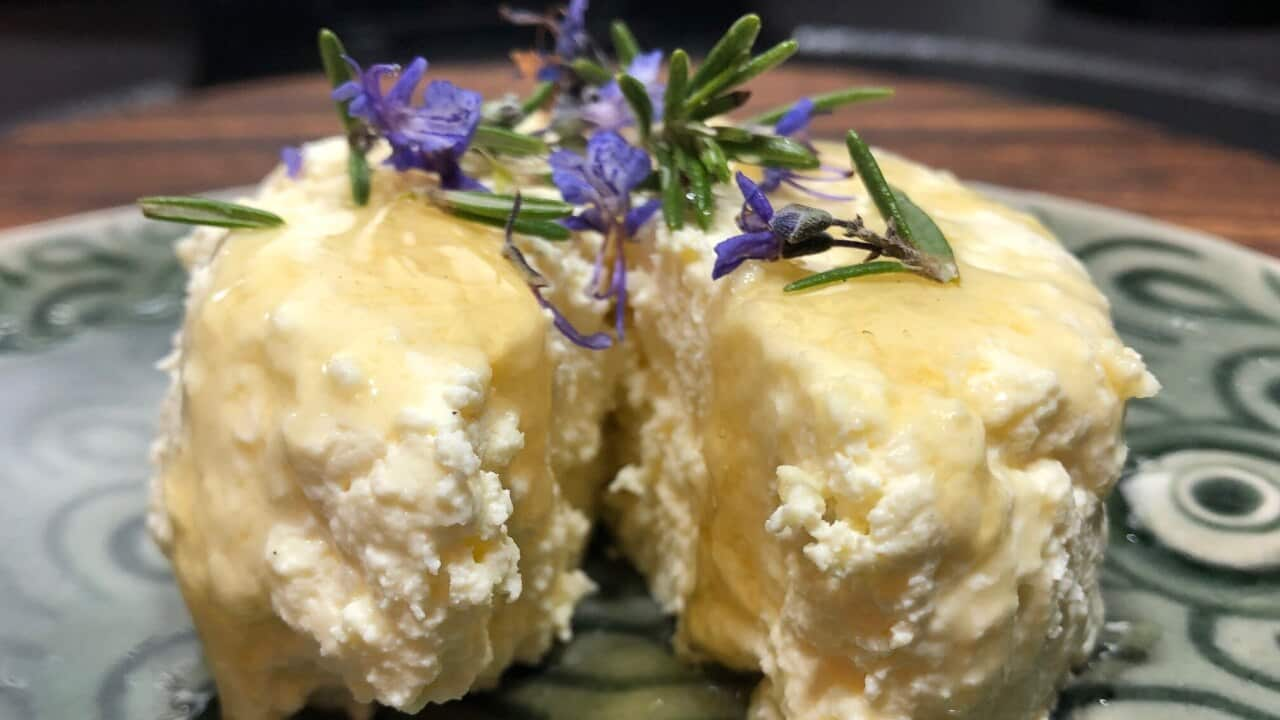--- Watch on SBS Food (Ch. 33) starting June 3rd, 7:30pm. Stream all episodes anytime at . For recipes and more head to the episode guide. ---
On this week's episode of, Dan Hong tries stinky tofu for the first time. The smell would give the stinkiest of French cheeses a run for their money, yet it's been a popular Chinese snack for over 200 years and is said to have many health benefits. "You can just follow your nose because the smell is in the air," which begs the question, how many other pungent foods go a long way to deliver on the flavour?
Let your nose lead the way but don't let it be the only guide...
Fish mint
Also known as fish mint, this strongly fishy-smelling herb is more polarising than durian! Used with Vietnamese grilled meats, herb noodle salads, soups and rice noodle rolls, this herb provides a mild green crunch... if you can get past the smell.
Durian
Anthony Bourdain compared its aftertaste to “French kissing your dead grandmother”. Food writer Richard Sterling said the odour is best described as “pig s***, turpentine and onions garnished with a dirty gym sock”. What food could possibly garner such acerbic reactions and yet beloved by eaters across Southeast Asia and, indeed, the world?
Durian, of course. Also known as the king of fruits, this spikey fruit has sparked debate and opinion among many a tourist. It's sweet, custard-y flesh is considered a delicacy... if you can get past the sulphurous smell, that is!

Also known as the king of fruits, Durian's pungent smell belies its sweet custard-like flesh. Source: AAP
Roquefort
The south of France is known for their love of cheese and this creamy-crumbly blue cheese is no exception. It heralds its own arrival by the pungent smell as soon as you open the packet, and the blue veins provide a distinctive tang, while the sheep's milk keeps the crumble in this cheese creamy.
Not sure about diving in? Then perhaps Mark Olive can save the day with his recommendation of putting a piece in a shot glass, with Noble One (liqueur). Basically, speaking to your inner cheeseboard fiend.

Roquefort is a blue cheese made of sheep's milk Source: Getty images/ Uppercut RF
Fermented shrimp paste (belachan)
This purplish-brown paste is sometimes sold in blocks, but is used to flavour many dishes in different Southeast Asian cuisines. From spicy hot sambals to rich curries, this pungent paste provides an underlying layer of salty funk that adds depth and dimension without being too overt.

Fermented shrimp paste (belachan) Source: dhawit - stock.adobe.com
Thanks to the focus on gut health, kimchi is undergoing a popularity surge at the moment #becausefoodgoals. While there are hundreds of different types of kimchi, the funk in this spicy cabbage pickle comes first from a thick paste which includes garlic, onion and Korean chilli flakes, and is reinforced by white radish strips that get fermented right along with it.

Cabbage kimchi Source: Murdoch Books
Natto
This Japanese breakfast favourite of fermented soy beans not only has a pungent smell to get over but a somewhat slimy texture as well. A favourite amongst the older generation, natto is usually eaten simply over white rice, and sometimes accompanied by sliced green onions. While it is lesser known in Australia, it does lurk in the freezer section of Asian supermarkets, waiting for those adventurous to take it on. It might not sound appealing but it certainly does lay claim to some , so perhaps the reward is, in fact, worth tackling the smell?

Natto Source: Flickr / Beppu
Surströmming
This sour, fermented herring has a strong, pungent smell of rotting fish. While not all Swedes eat it, a well-prepared herring doesn't taste the way it smells. The taste is simultaneously rounded and sharp, spicy and savoury. And you will need some other accompaniments to break through and balance out the power of the surströmming. You might want to steer clear of watching people eat this on social media if you're a little squeamish.







